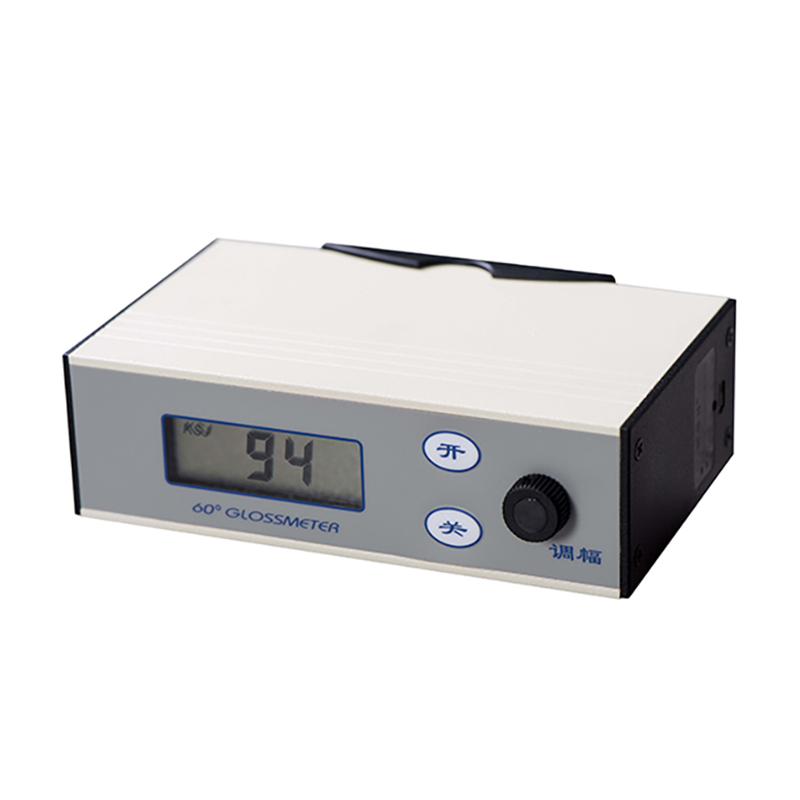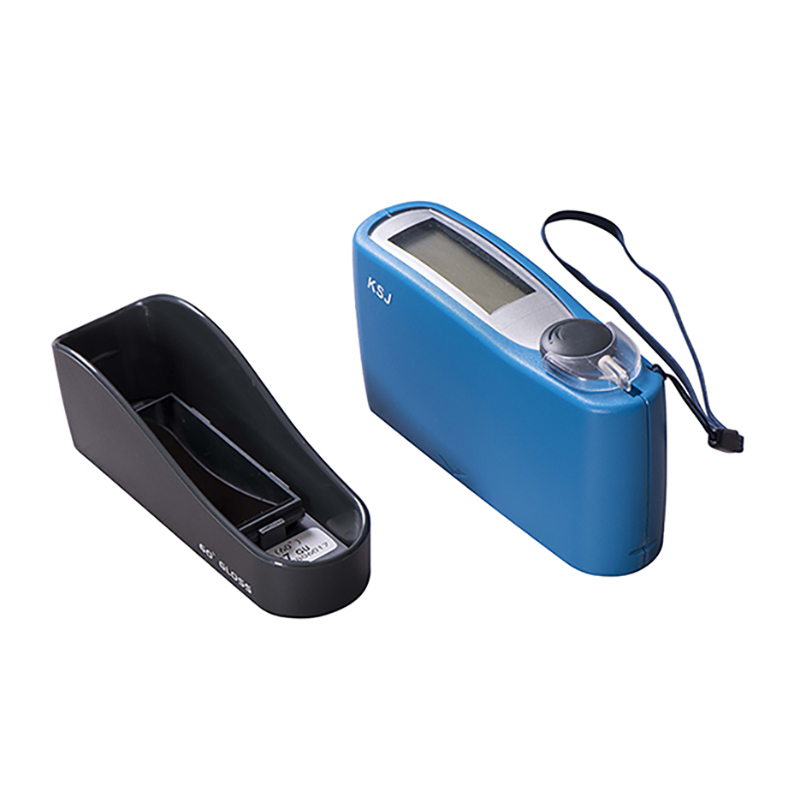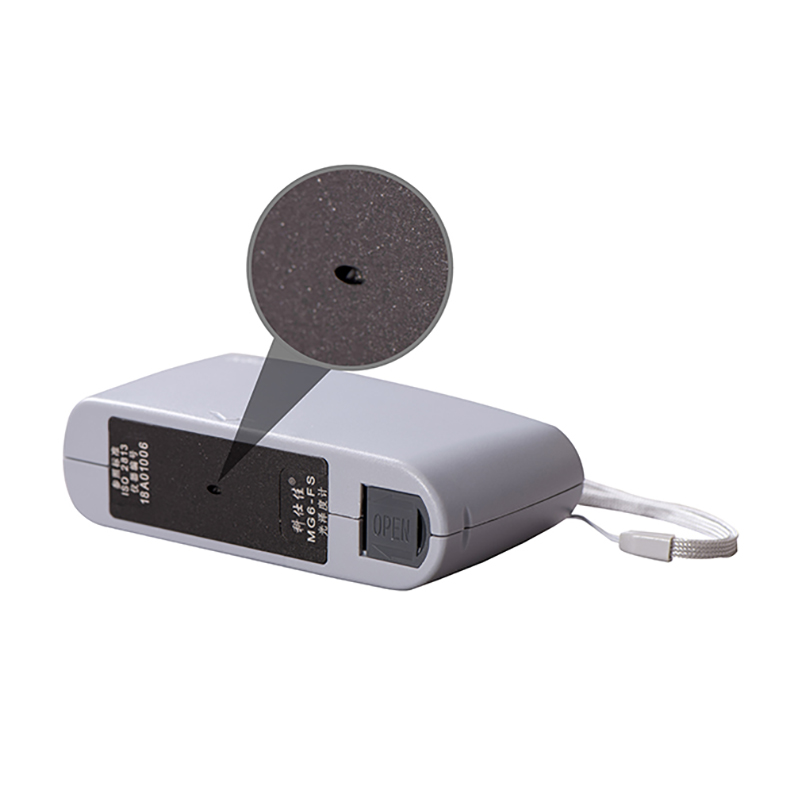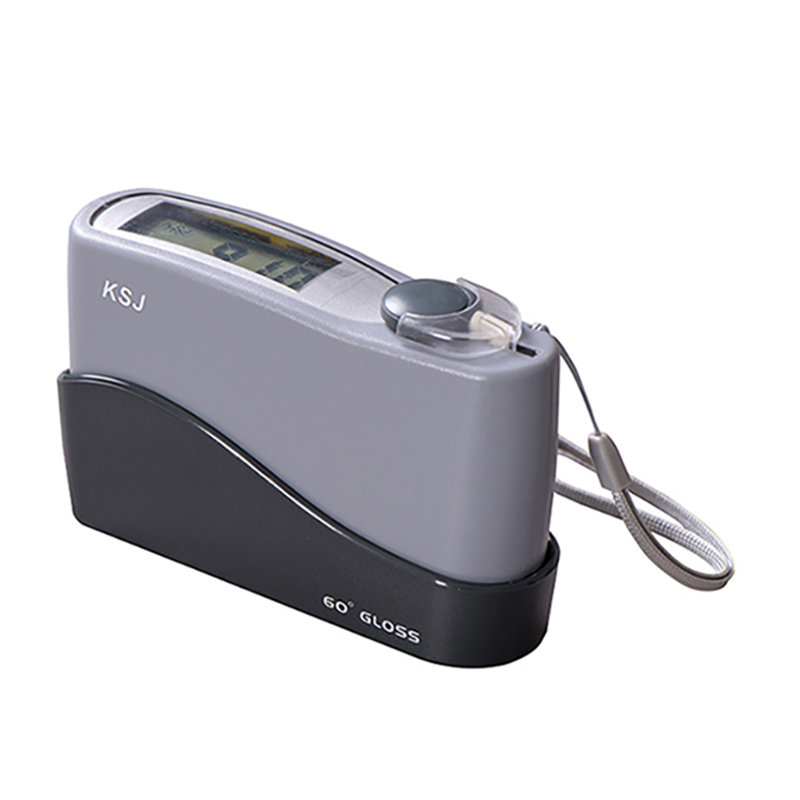头部邮箱+阿里巴巴
E-mail: sales@ksj.cn 

Enter search content

NEWS
News
Hot Products
Understanding Luminance Meters in the Electronic Component Industry
- Time of issue:2023-09-18
(Summary description)Learn all about luminance meters and their significance in the field of electronic components, specifically in optoelectronic devices, in this informative article. Discover how these instruments work
Understanding Luminance Meters in the Electronic Component Industry
(Summary description)Learn all about luminance meters and their significance in the field of electronic components, specifically in optoelectronic devices, in this informative article. Discover how these instruments work
- Categories:Industry news
- Author:
- Origin:
- Time of issue:2023-09-18 09:24
- Views:0
Luminance meters, also known as brightness meters, are sophisticated devices used for quantifying the amount of light emitted by a source. They employ advanced optical sensors and photodiodes to accurately measure luminous intensity in units of candela per square meter (cd/m²). By understanding the brightness levels, engineers and technicians can assess the performance and quality of light-emitting devices, ensuring they meet the desired specifications.
The applications of luminance meters are vast and diverse. In the electronic component industry, these instruments find utility in numerous areas, including but not limited to:
1. Display Technologies: Luminance meters are indispensable in the evaluation and calibration of various display technologies, such as LED, LCD, OLED, and plasma screens. By measuring the luminance levels across the display surface, manufacturers can ensure uniform brightness, contrast, and color accuracy.
2. Lighting Industry: Luminance meters play a crucial role in the lighting industry, enabling professionals to measure and adjust the brightness of different lighting fixtures, including streetlights, stage lights, and automotive lighting. This ensures optimal lighting conditions, energy efficiency, and compliance with industry standards.
3. Automotive Displays: With the increasing integration of digital displays in vehicles, luminance meters assist in assessing the readability and visibility of instrument clusters, head-up displays, infotainment screens, and other automotive displays. Precise measurements help identify potential issues and optimize the user experience.
4. Medical Equipment: Luminance meters find applications in the medical field for evaluating the brightness and uniformity of medical displays, such as X-ray monitors, ultrasound screens, and surgical displays. Accurate luminance measurements ensure accurate interpretation of medical images and reduce the risk of misdiagnosis.
5. Photometric Studies: In research and development, luminance meters are essential tools for conducting photometric studies on various optoelectronic devices. These studies involve analyzing the light output characteristics, uniformity, and efficiency of devices like LEDs, lasers, photovoltaic cells, and optical sensors.
In conclusion, luminance meters play a vital role in the electronic component industry, specifically in the realm of optoelectronic devices. These instruments enable the measurement of light intensity accurately, ensuring optimal performance and quality. From display technologies to the lighting industry and medical equipment, luminance meters find applications in diverse fields. By utilizing the valuable information provided by these instruments, engineers and technicians can fine-tune their designs, meet industry standards, and deliver exceptional products.
Scan the QR code to read on your phone

After eighteen-years’development, KSJ Glossmeters have been widely used all over the world in gloss measuring of paintwork, decorative materials, woodenwares, ceramic, printing ink, paper, as well as metal polishing and depositing. And becoming the first choice for experts in the above fields.
Online Message
Contact Us



















